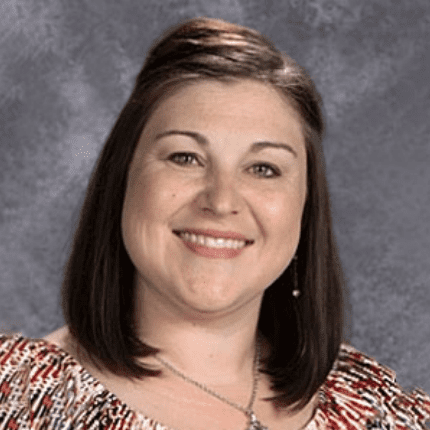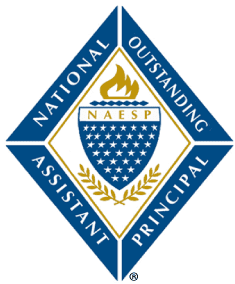
Jana L. White
John H. Cherry Elementary School
Bay City, Texas
jwhite@gbaycityisd.org
Best Practices
1) Building relational capacity within my school community is vital. I work to consistently greet students, staff, and parents. I am visible throughout the day by unloading/loading cards, visiting classrooms, attending morning meetings, sharing good things with students, and celebrating growth. When greeting students, it is common for me to pause and check in with students who may have been out sick, as well as with students that seem like they might be upset. I will also do this with staff members. I try to always keep an open door, making myself available to lend a helping hand or a listening ear. When people present concerns, I attempt to first understand the situation in its entirety, especially before I try to have my own thoughts understood. I work to follow up with the concern by checking back in later. When teachers share excitement over something, I celebrate with them and will make a point to go visit their room to see what is happening. I give positive feedback for teachers through written and verbal affirmations. When I catch students doing great things, I will snap a picture to send to their family, or send a positive note home. When possible, I visit students at non-school events, games, plays, or recitals. This helps me not only to build a relationship with the child, but to also get to know the student as a whole. Taking genuine interest in people is a practice that is part of who I am. By building relationships within our school community, it builds an environment that helps us promote student growth and success.
2) As a campus leader, there are many things that come up on the fly. It is very important for us to stay as proactive as possible, versus having to be reactive to everything that may come up. To help me, I am very intentional about maintaining my calendar. Every week, I do a calendar study, I view in detail the upcoming week, and the following weeks. I schedule all things on my calendar, from due dates, walkthroughs, informal classroom visits, campus and district events and even my own personal self-care. I will schedule dates for events or large projects as well as the dates preceding that require planning, organization, and ordering. As the week goes on, and I am conferencing with teachers, if the teacher is talking about something they are excited or concerned about, I will ask if I can schedule a time to come visit the classroom. If it on my calendar, I will try to my best to check it off and get it done! However, when scheduling, I will purposefully schedule wiggle room. For example, if I am needing to schedule something I know takes 10-15 minutes, I will block out 20 minutes to allow room for situations out of our control. At the end of each day, I check my calendar, I add I some of those “unplanned” events, for documentation. I then rearrange things on my daily agenda that I may not have gotten to in that day. As part of this end of day process, I will check out with my principal to tie up any loose ends. Before we leave for the day, we generally have a 3-5 minute transaction to discuss priority tasks that will start the next day, as well as just a brief rundown of events or appointments that may consume some of our time. This is beneficial for keeping each other on the same page. This process really helps keep me stay agenda-driven, while at the same time, it helps me build trust and rapport within my school community.


